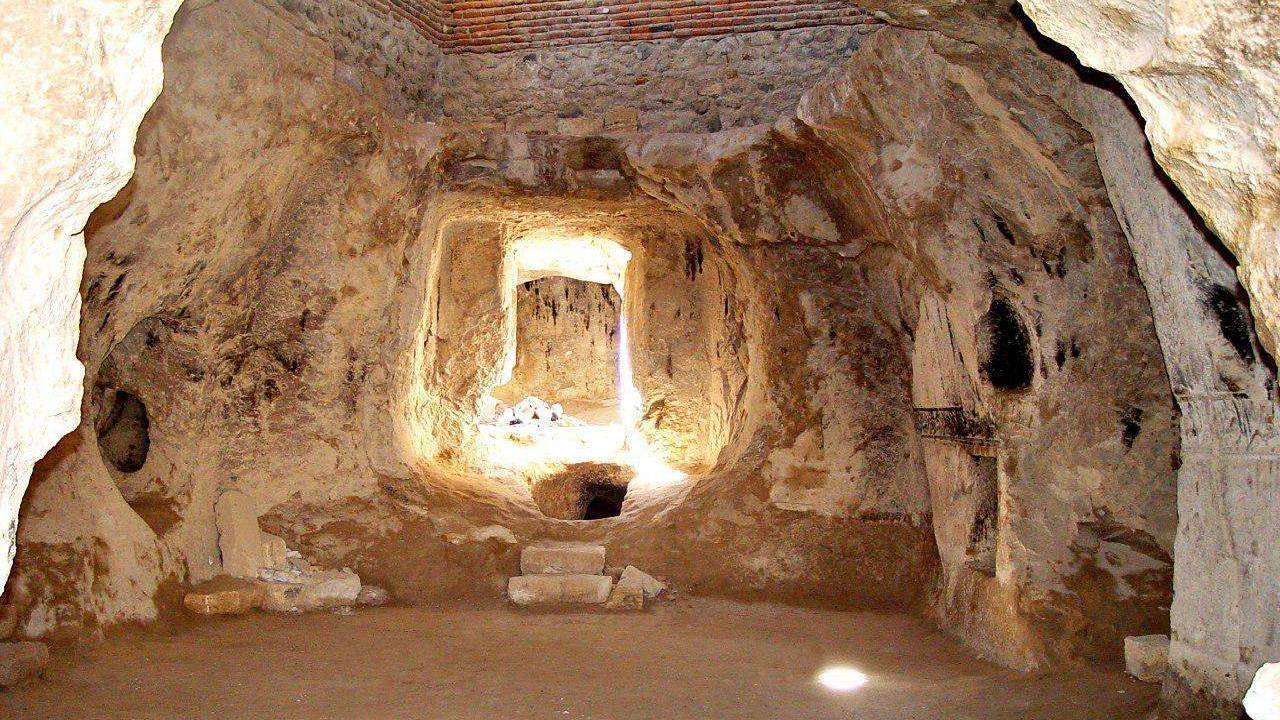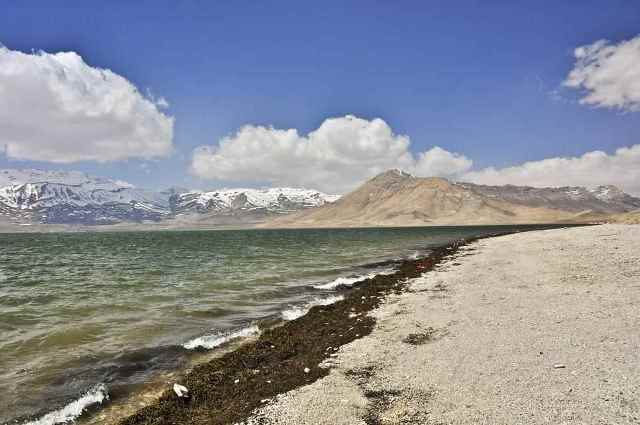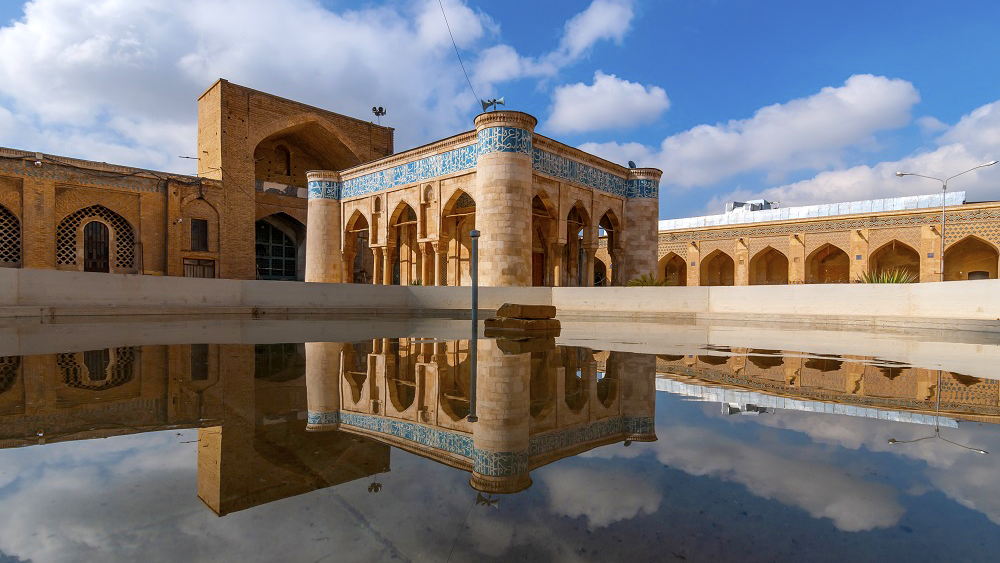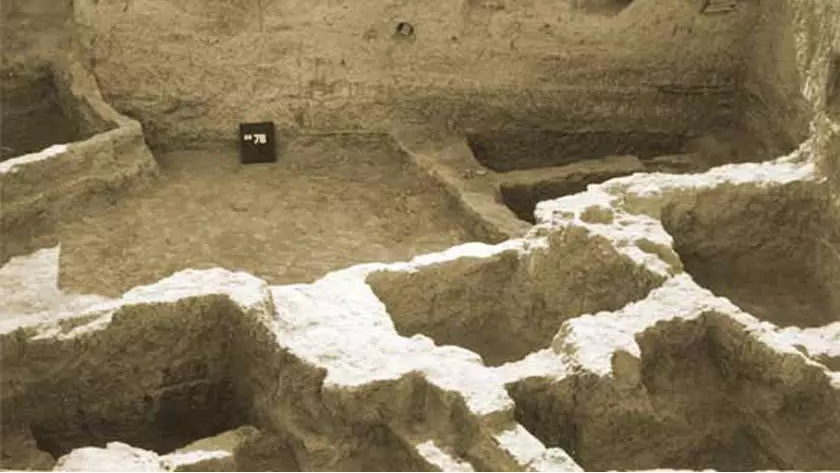
Sa’at (Clock) Square of Tabriz
Clock towers are one of the most important symbols of modern cities and usually a large clock is installed in the main squares of the city to tell everyone the time. Such a clock was also created in one of the localities of Tabriz, which has come to be known as “Sa’at Square”.
This square is located in one of the old and central areas of the city of Tabriz and many historical monuments of the city are located around it. Therefore, visiting this scenic square as the starting point for going around the historical city of Tabriz can create a unique memory for tourists.
Nomenclature
As the name clearly suggests, Sa’at Square is a place where a clock is placed on a high tower to inform the people of the time. This clock tower, also known as the “Municipal Building”, has a four-faced clock facing the four main directions of the city. This clock was brought from England in the 1930s.
History of Sa’at Square of Tabriz
The place where Clock Square is located today was a cemetery that had been abandoned about 100 years before the construction of the Clock Tower. In 1935 AD, the municipality of Tabriz put forward a plan to make a building in this area as its headquarters. The implementation of this plan lasted for four years under the supervision of German engineers, and finally, the Clock Tower, or the “Municipality Building was completed in 1939. Presently, after several decades since its construction, this building is used as a museum, a place to hold public meetings of the city council of Tabriz, and a venue for receiving high-ranking guests of Tabriz municipality. Tabriz Municipality Museum is located in the basement of this palace, which has various sections for displaying old equipment related to photography, sound recording and broadcasting, and printing and publishing. Being known as the “City of the First”, Tabriz was the first city to receive world-class equipment in many fields. For this reason, parts of the museum have been dedicated to displaying equipment such as the first fire engines or the first taxi in Iran.
Tabriz Clock Tower has been built over an area of 9600 square meters with an infrastructure of nearly 6500 square meters and on three floors. The height of this tower stands at nearly 30 meters. The clock installed at the top of this tower can be seen from distant places and rings at every hour.
The northern and eastern sides of the exterior façade of the Clock Tower are made of carved stones and the southern and western sides of a combination of brick and stone. In the design of the tower, German engineers have left certain pre-World War II architectural symbols of their country on this building. For instance, the general design of the building resembles an eagle with open wings, which was one of the symbols of this country at that time.
Until 1945 AD, Sa’at Square had the shape of a crossroads, but thereafter a square was created and a bust of Baqer Khan, the national hero of Azarbaijan and one of the leaders of the struggle of the constitutionalists of this region against the tyranny of the Qajar dynasty, was installed in the middle of it. Later on, during the reign of Mohammad Reza Pahlavi the statue of Baqer Khan was removed and replaced by his. During the course of the Islamic Revolution of Iran, the statue of Mohammad Reza Pahlavi was pulled down by people and after the victory of the Revolution, the shape of the square was changed to what it looks today and can be used for people’s gatherings.
Sa’at Square is one of the busiest squares of Tabriz and has been the central point of most of the events in the contemporary history of this city. In addition to being quite close to numerous historical monuments, its proximity to modern shopping centers and the use of this square to hold religious and national events such as Nowruz make visiting this square a pleasant experience for tourists.
Sa’at Square of Tabriz was inscribed on the list of Iran’s national heritage in the year 1998.
The Clock Tower of Tabriz, also known as the “Municipal Building”, has a four-faced clock facing the four main directions of the city. This clock was brought from England in the 1930s.
| Name | Sa’at (Clock) Square of Tabriz |
| Country | Iran |
| State | East Azerbaijan |
| City | Tabriz |
| Type | Historical |
| Registration | National |
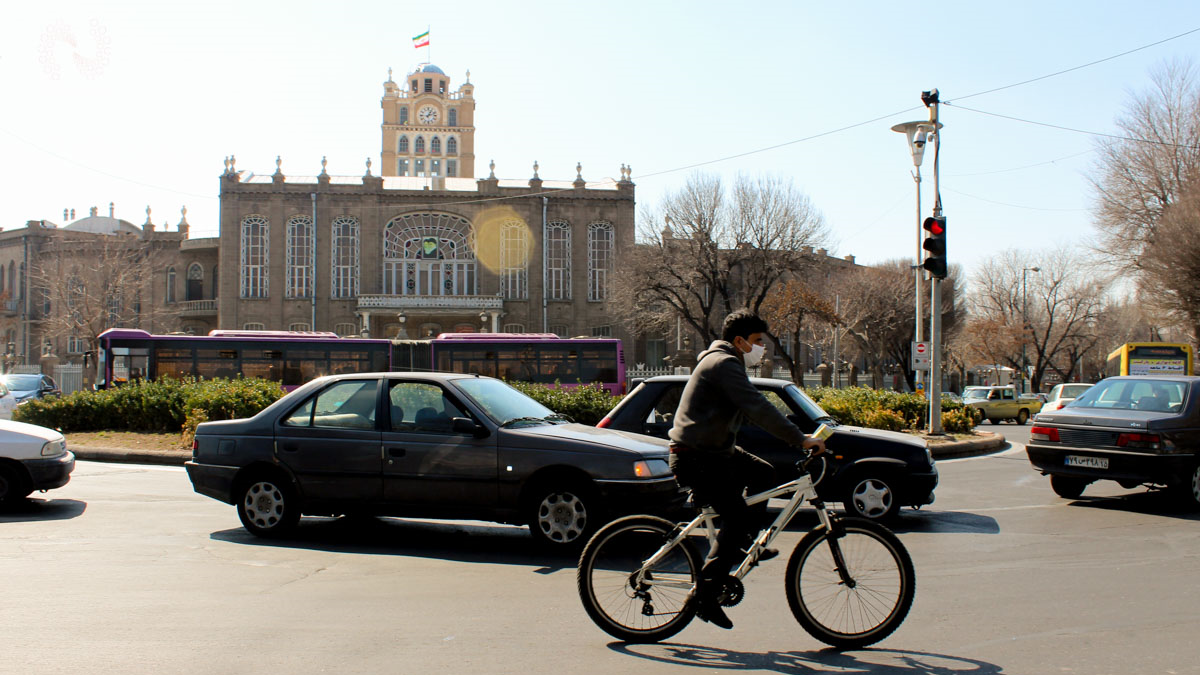
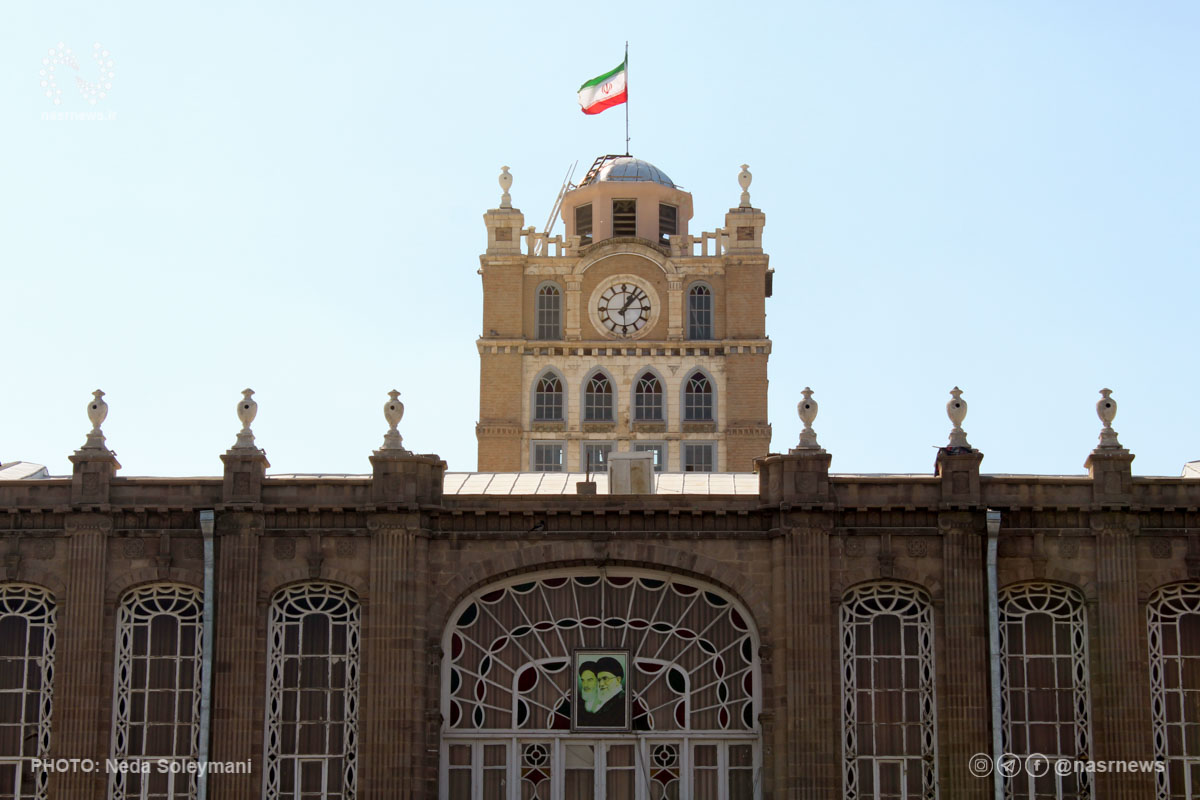
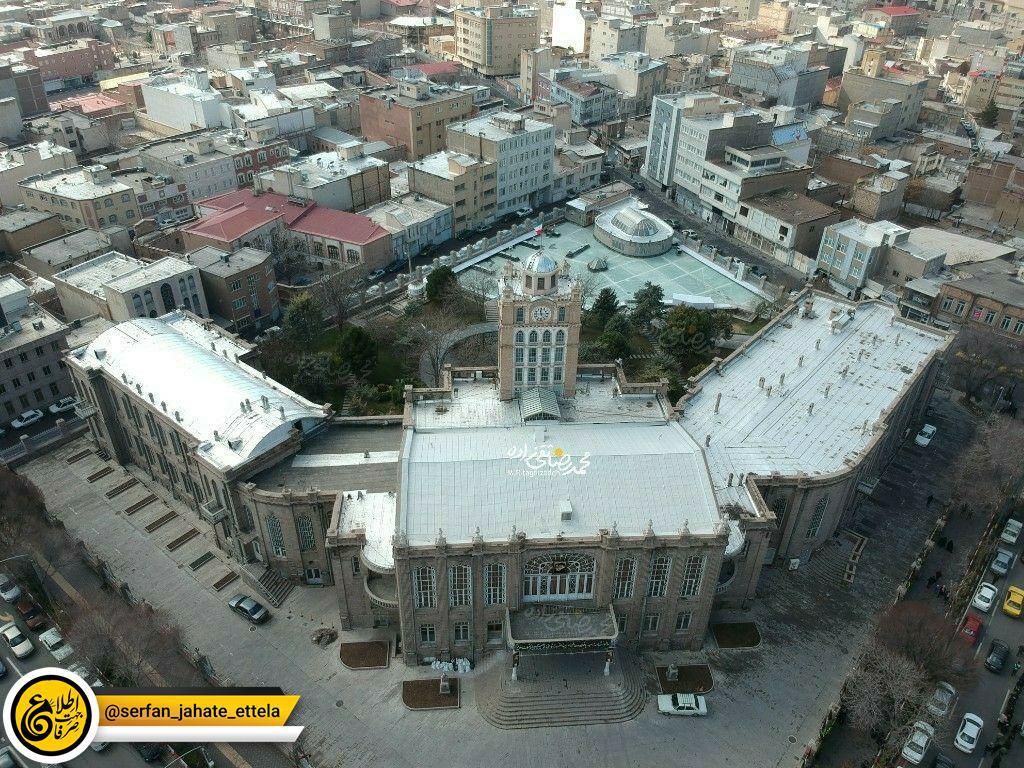
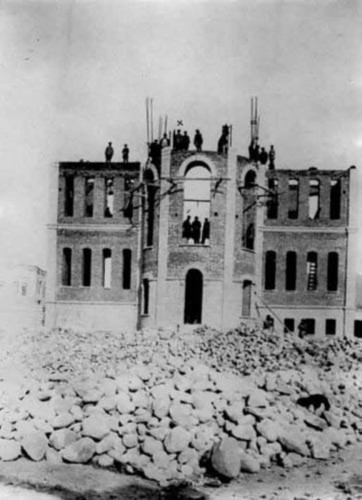
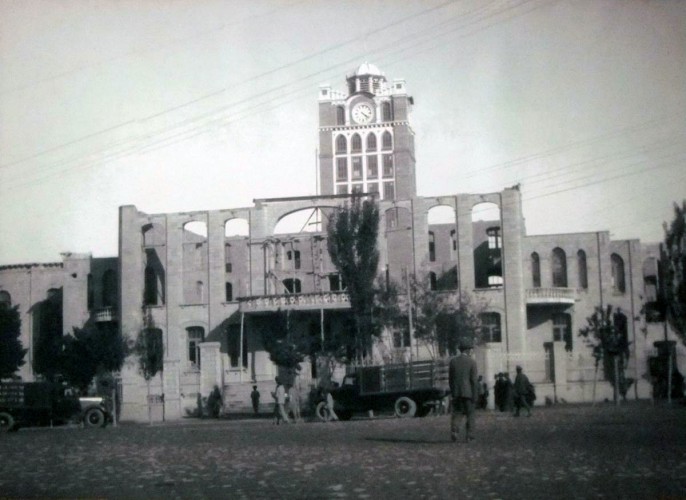
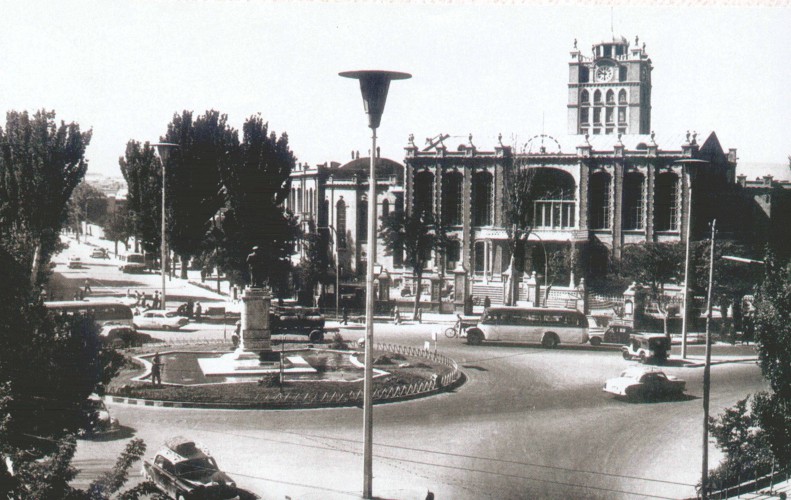
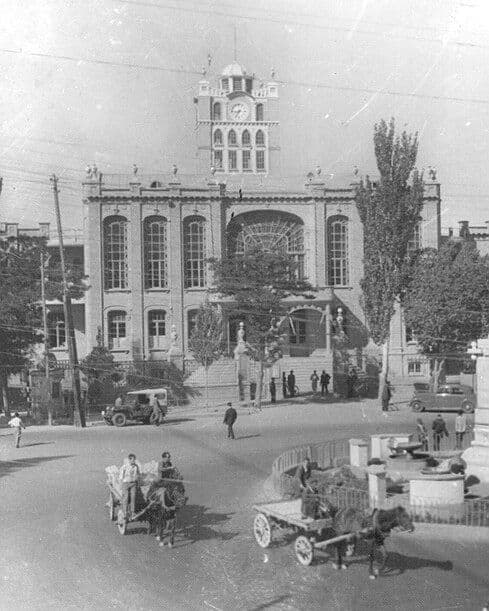

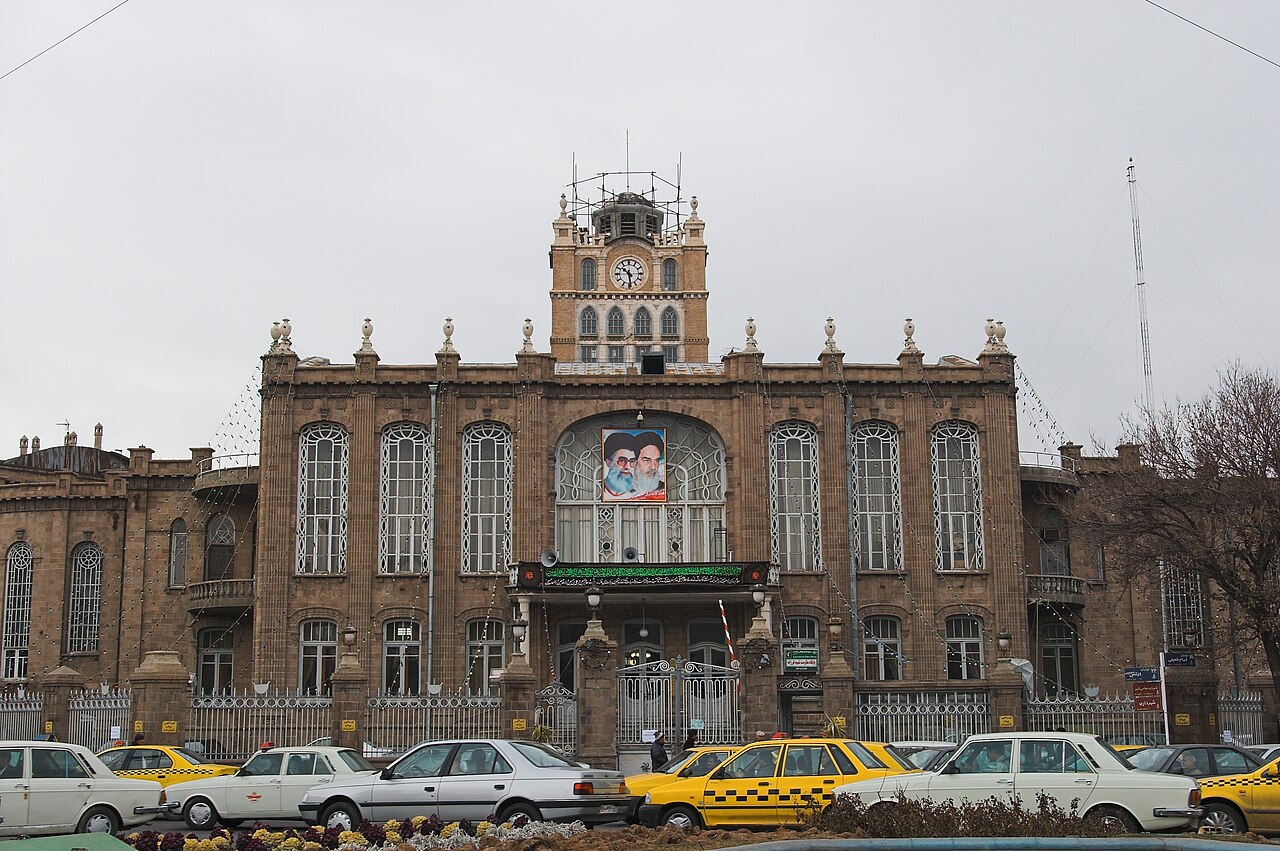
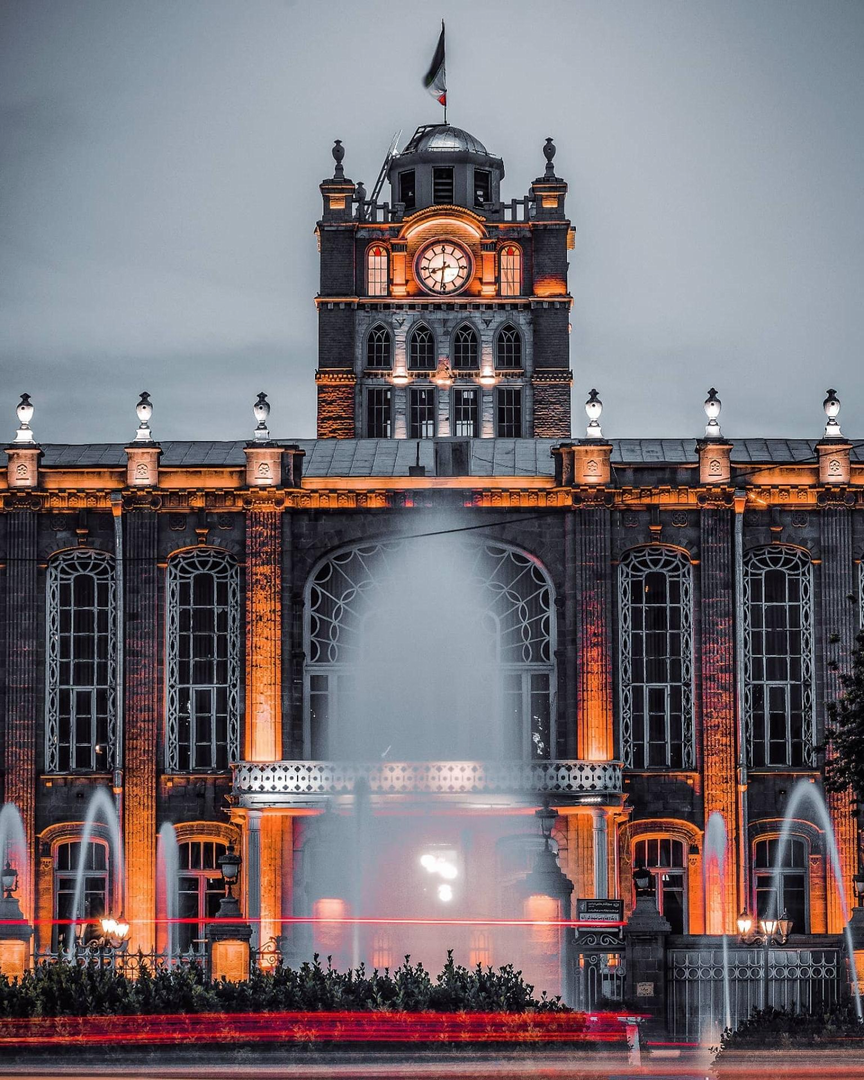










Choose blindless
Red blindless Green blindless Blue blindless Red hard to see Green hard to see Blue hard to see Monochrome Special MonochromeFont size change:
Change word spacing:
Change line height:
Change mouse type:
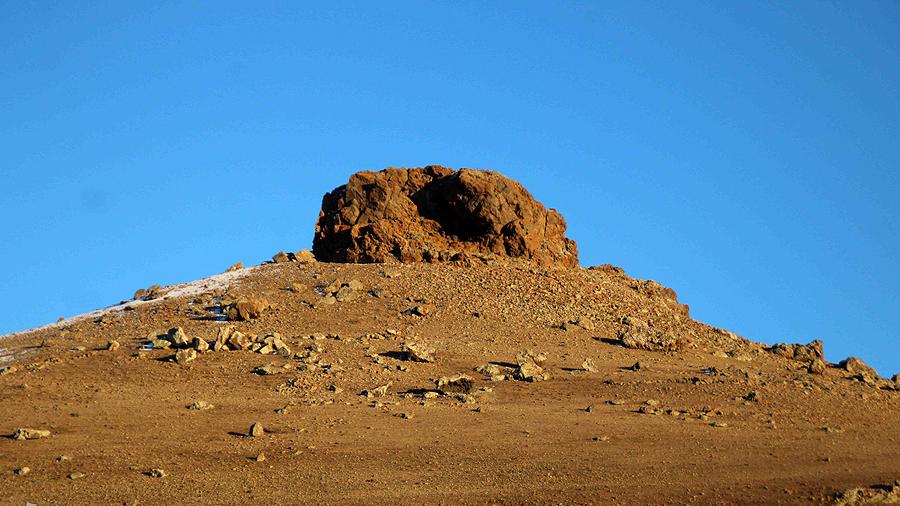
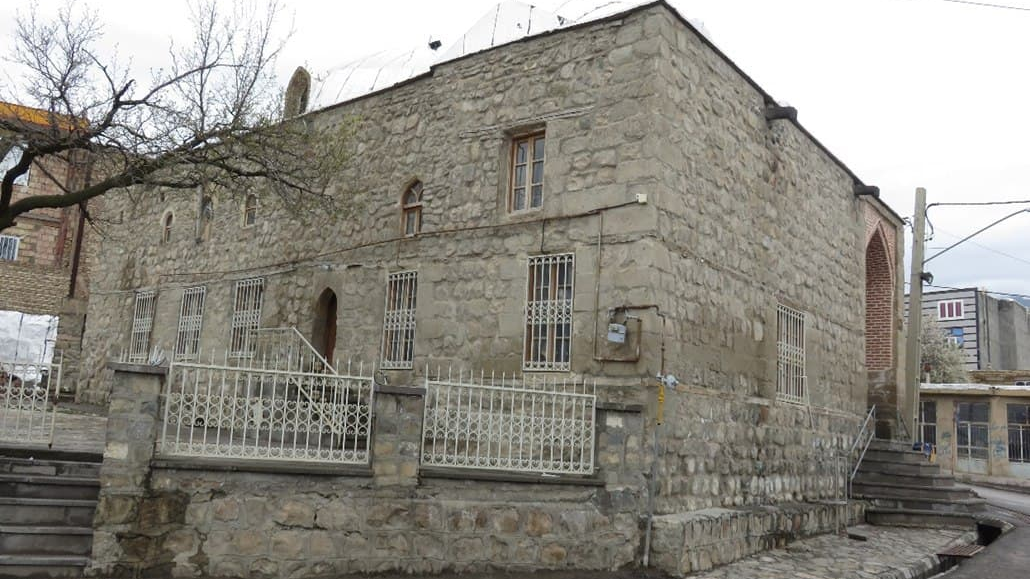
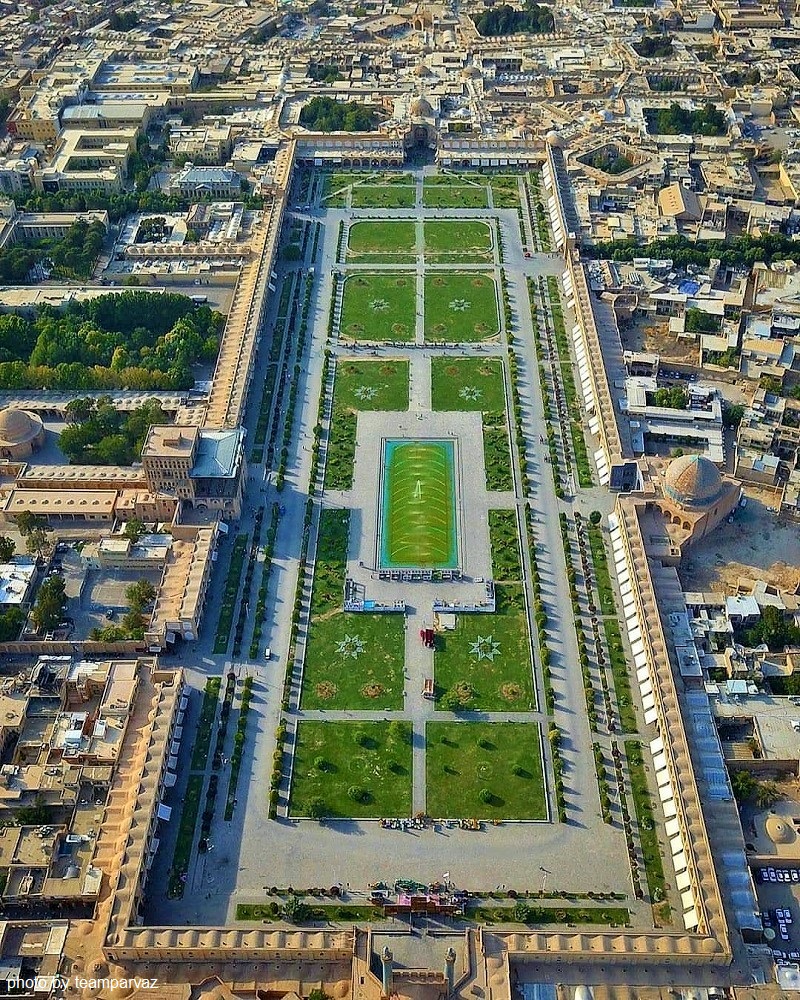
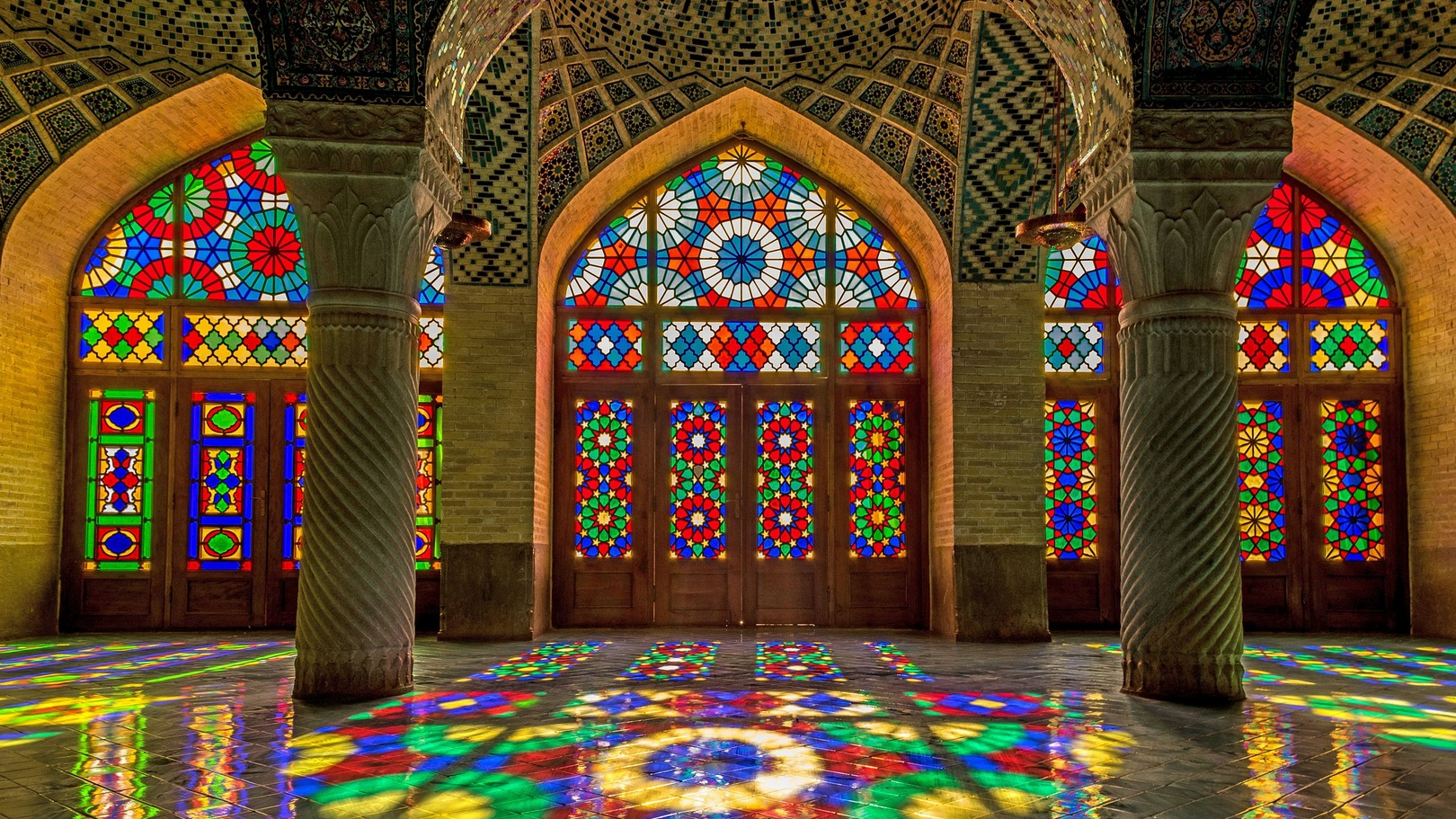

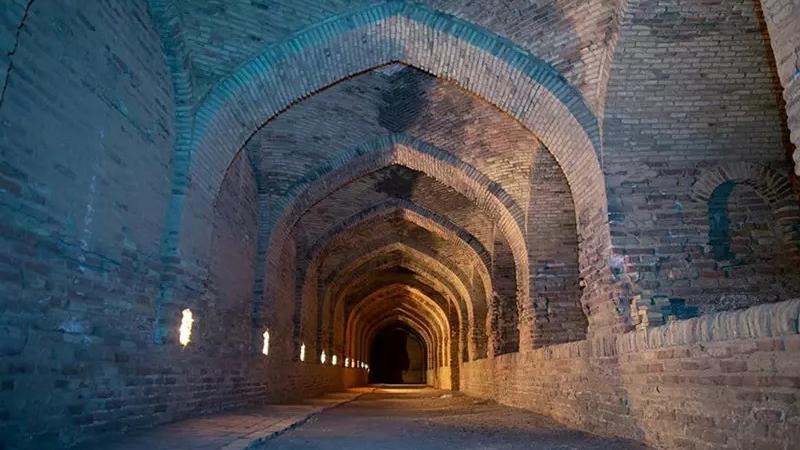
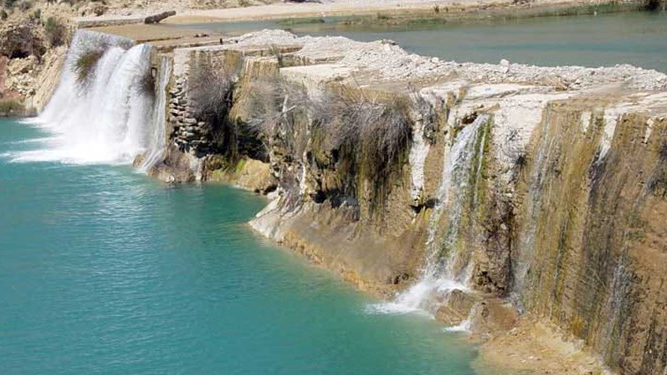

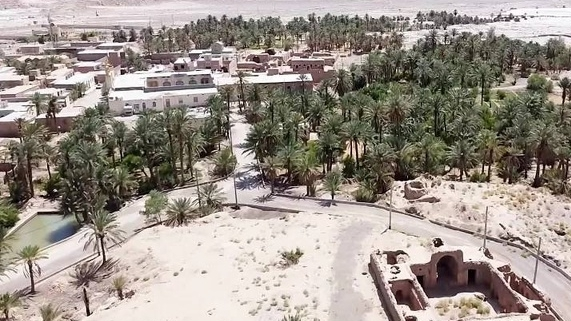
.jpg)
